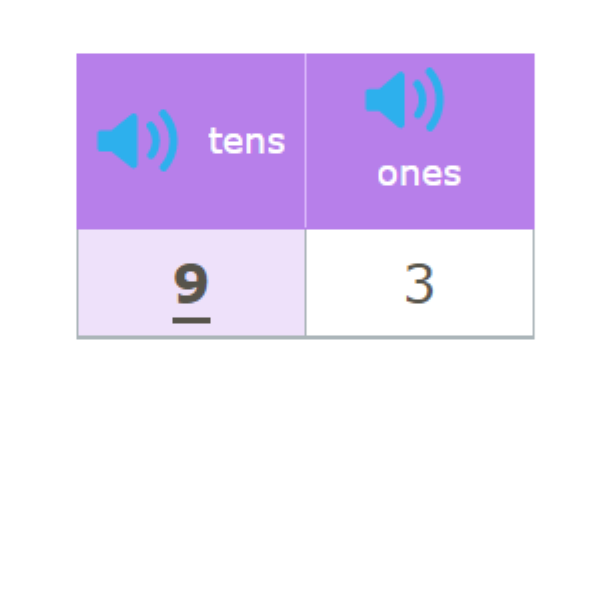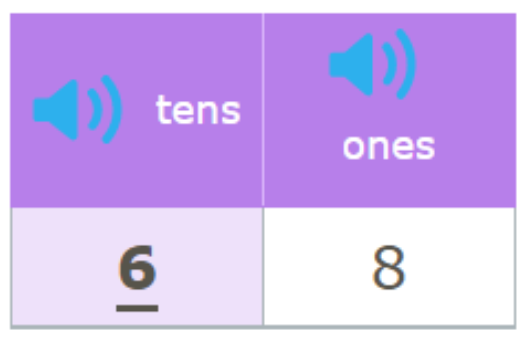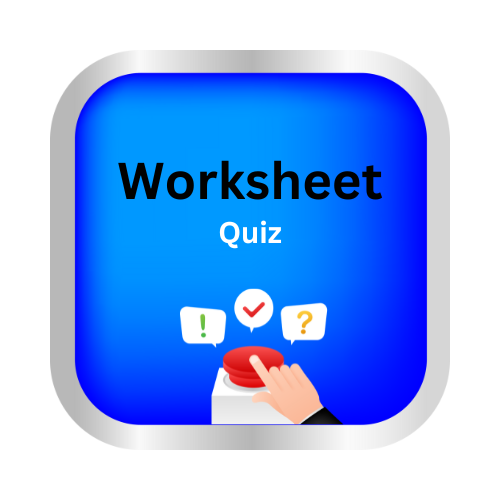Place value – tens and ones
key notes:
Understanding Place Value:
Place value tells us the value of a digit based on its position in a number. Each place in a number has a different value, such as ones, tens, hundreds, etc.
Ones Place:
The digit in the ones place represents the number of single units. For example, in the number 34, the digit 4 is in the ones place, so it represents 4 ones.
Tens Place:
The digit in the tens place represents the number of tens. In the number 34, the digit 3 is in the tens place, so it represents 3 tens or 30.
Expanded Form:
Numbers can be written in expanded form to show their place value. For example, 34 can be written as 30 + 4.
Building Numbers:
Teach students to build numbers using tens and ones. For example, to form 57, they use 5 tens (50) and 7 ones.
Counting by Tens:
Reinforce counting by tens (10, 20, 30, etc.) to help students understand the value of the tens place.
Comparing Numbers:
Use the place value concept to compare numbers, explaining which is greater by looking at the digits in the tens and ones places.
Learn with an example
✈️ What is the value of the underlined digit?

- 9
- 90
- solution: Write the number in a place-value chart.

- The underlined digit is the 9 in the tens place.
- It is worth 9 tens. Its value is 90.
✈️ What is the value of the underlined digit?

- 6
- 60
- Write the number in a place-value chart.

- The underlined digit is the 6 in the tens place.
- It is worth 6 tens. Its value is 60.
✈️ What is the value of the underlined digit?

- 3
- 30
- Write the number in a place-value chart.

- The underlined digit is the 3 in the tens place.
- It is worth 3 tens. Its value is 30.
Let’s practice!🖊️

